Situated between Shizuoka and Yamanashi, southwest of Tokyo, Mount Fuji — Fuji-san — is an emblematic volcano of the Japanese archipelago, on the island of Honshu.
Check out these amazing hotel deals!
- Save up to 30% on your hotel in Hawaii!
- Last-minute holiday hotel deals
- Top hotel deals for a new year trip
- Visiting Paris? Find the Best Deals & Reviews at TripAdvisor.
- Save 30% on hotels in Ocean City, Maryland...a TripAdvisor Top 10 Summer Destination!
- Save up to 30% on your hotel on your Winter Vacation!
- Find top-rated hotels at the lowest prices on TripAdvisor. Check rates now!
- Save up to 30% on hotels for a romantic getaway!!
The maximum point in Japan climbs to an altitude of 3,776 meters and is a significant activity for Japanese and tourists alike. The high location of Shinto spirituality and trekking and inscribed on the UNESCO World Heritage List since June 2013, seeing Mount Fuji offers exceptional landscapes, between lakes — such as the renowned Kawaguchi and Ashi lakes -, thermal springs and mountains. The ascent of Mount Fuji is so remarkably popular among Japanese men and women in summer, as it enables them to enjoy the sunrise or sunset from the summit.
Would you like to see Mount Fuji from Tokyo? We warn you: our sources state that you need good physical condition and conclusion! We guarantee you in this article, however: seeing Mount Fuji and trekking on its slopes remains feasible. This is our mini-guide to go to Mount Fuji from Tokyo!
Display and history of Mount Fuji
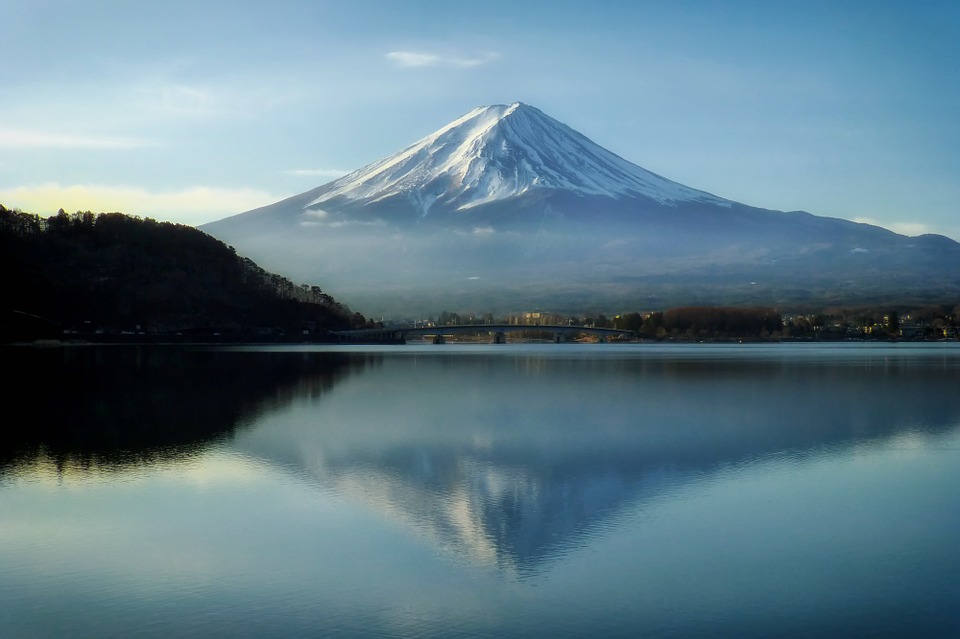
Imagine climbing a chimney nearly 4 kilometers high… Visible from almost everywhere in Japan on photographs, postcards, travel sites, and from the surrounding cities — Tokyo, Yokohama, Fuji, Shizuoka, and Yamanashi -, Mount Fuji is almost asleep but is considered a volcano that’s still active.
It last erupted in 1707. It’s thought to have erupted over 600,000 years ago, and roughly ten eruptions have occurred in the course of its 1,000-year history, from 781 to 1707, an average of one per century. Its eruptions can be especially violent, as in the year 864, when lava split Lake Senoumi, creating both lakes Saiko and Shoji known now.
From the Shinto religions and in Buddhism, the volcano, emblem of Fire, Heaven, and Earth, is seen as a deity in its own right by the Japanese. It’s reported to be the bearer of a soul that, based on dogma, guarantees peace and prosperity. The volcano can be deeply rooted in popular culture: it’s the privileged place of inspiration for many Japanese poets and painters. Here’s a record somewhat less laudatory: the Aokigahara woods, at the foot of the sacred volcano, is the location where suicides are the most numerous to deplore in Japan.
What to see and do at Mount Fuji?
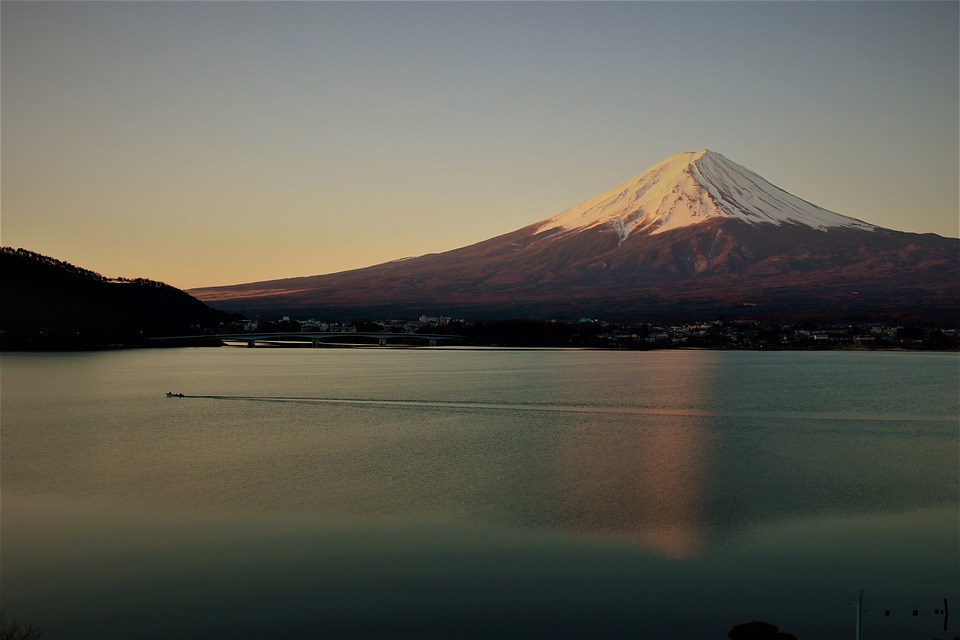
Visiting Mount Fuji from Tokyo isn’t only a matter of climbing a pebble and coming down. The area is filled with waterfalls, lakes, lava woods, cities, and temples where the next time appears to reign. Because of the harsh climate on its slopes — the average yearly temperature is -6.5°C as well as in August and ranges from -18°C to +8°C — it’s difficult and not suggested to climb Mount Fuji beyond the months of July and August.
Wind, cold, and the quantity of ice and snow can block your access to the summit away from the summer. The ascent is marked by 10 channels and respective relay points, together with the 5th channel halfway up at an altitude of 2,300 meters. The ecosystem, biodiversity, and slopes of Mount Fuji are threatened by the effects of mass tourism. Because of this, the government has made Mount Fuji cover to fund its own preservation, and quotas of daily hikers are decided.
Several trails wind their way to the mind of the sleepy monster, but they promise to be quite popular. The increase is known to be somewhat arduous; four paths are possible:
Yoshida Trail
Gotemba Trail
Fujinomiya Trail
Subashiri Trail
On top of Mount Fuji, walk around the crater, with a plunging perspective of the maximum peak. The end of the ascent, sometimes tortuous, rugged, can be steep at times. Make certain to bring your gear because although it can be 40°C in Tokyo in the summer, the temperature at 3,776 meters above sea level can be negative.
At the foot of the volcano, do not miss to go to the little village of Saiko Iyashi no Sato Nemba, with its thatched homes and old medieval wooden mills.
The lakes Kawaguchi, Saiko, Shoji, Motosu, and Yamanaka are crucial: they provide excellent views of the volcano out of the water. Do not know what to do? Take the funicular from Mount Kachikachi into the gorgeous observation platform at 1,075 meters over sea level. Also, enjoy the waterfalls around Mount Fuji: Shiraito and Otodome Falls, by way of instance, southwest of the volcano, which have been designated”natural monuments” by the authorities.
How do I get to Mount Fuji?
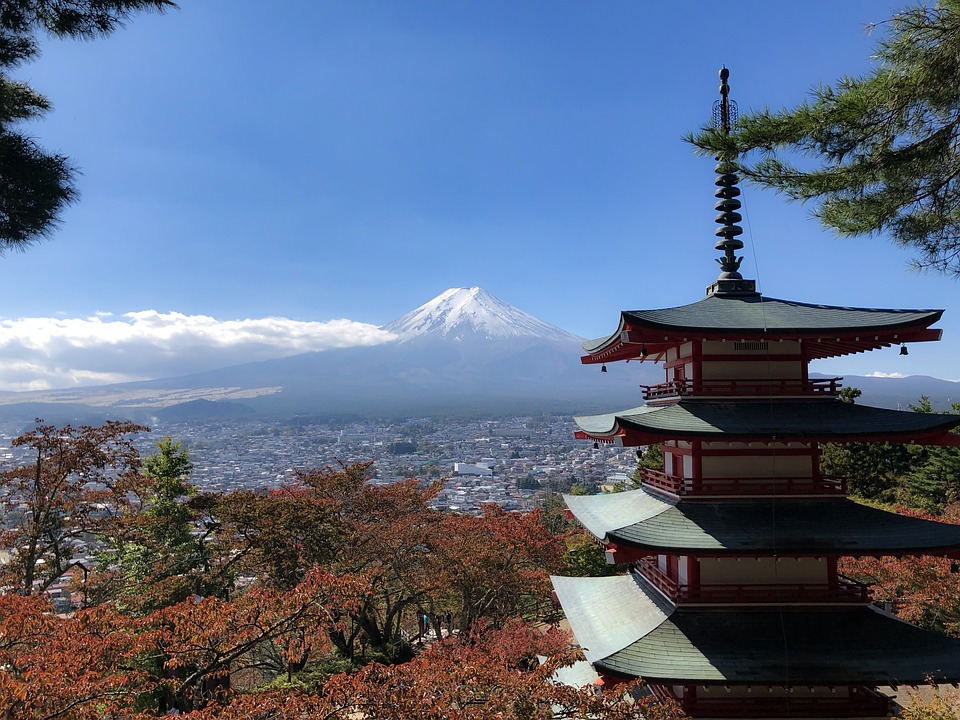
To go to Mount Fuji from Tokyo, there are lots of choices available to you. Access is relatively easy as the volcano is popular with tourists and locals alike.
From Tokyo, it takes 2h25 by bus to reach the 5th hiking beginning channel.
Moving to Gotemba: by train from Tokyo station, take the JR Tokaido line to Kozu, change for the JR Gotemba line. There’s a bus from the station to the hiking trailheads.
You may also reach Kawaguchiko town from Tokyo (Shinjuku) in the”Keio” bus terminal. The journey takes between 2h and 2h30. A final bus in Kawaguchiko station will take you to the 5th station of Mount Fuji.
There’s not any particular program but there are two times to go to Mount Fuji: sunset (daytime climbing, night descent) or sunrise (nighttime climbing, morning descent).
A round trip by bus to See Mount Fuji from Tokyo, via the Yoshida Trail, prices 5,400 yen.
A guided tour is possible with a manual. A contribution of 1,000 yen, set up by the municipal authorities to carry on the volcano, is welcome but not compulsory.
A night in the refuge (to watch the sunset or sunrise from the summit) prices between 5,000 and 9,000 yens.
Check out these amazing hotel deals!
- Save up to 30% on your hotel in Hawaii!
- Last-minute holiday hotel deals
- Top hotel deals for a new year trip
- Visiting Paris? Find the Best Deals & Reviews at TripAdvisor.
- Save 30% on hotels in Ocean City, Maryland...a TripAdvisor Top 10 Summer Destination!
- Save up to 30% on your hotel on your Winter Vacation!
- Find top-rated hotels at the lowest prices on TripAdvisor. Check rates now!
- Save up to 30% on hotels for a romantic getaway!!
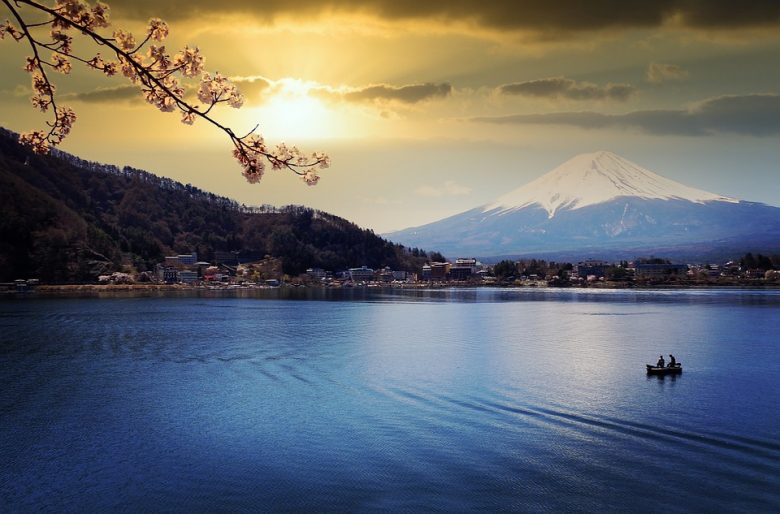
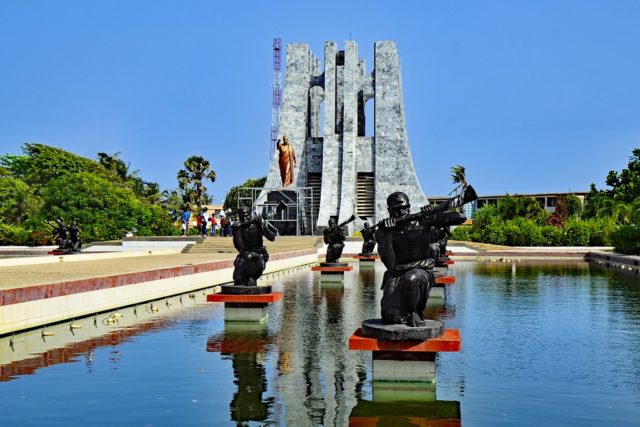




Find Us on Socials